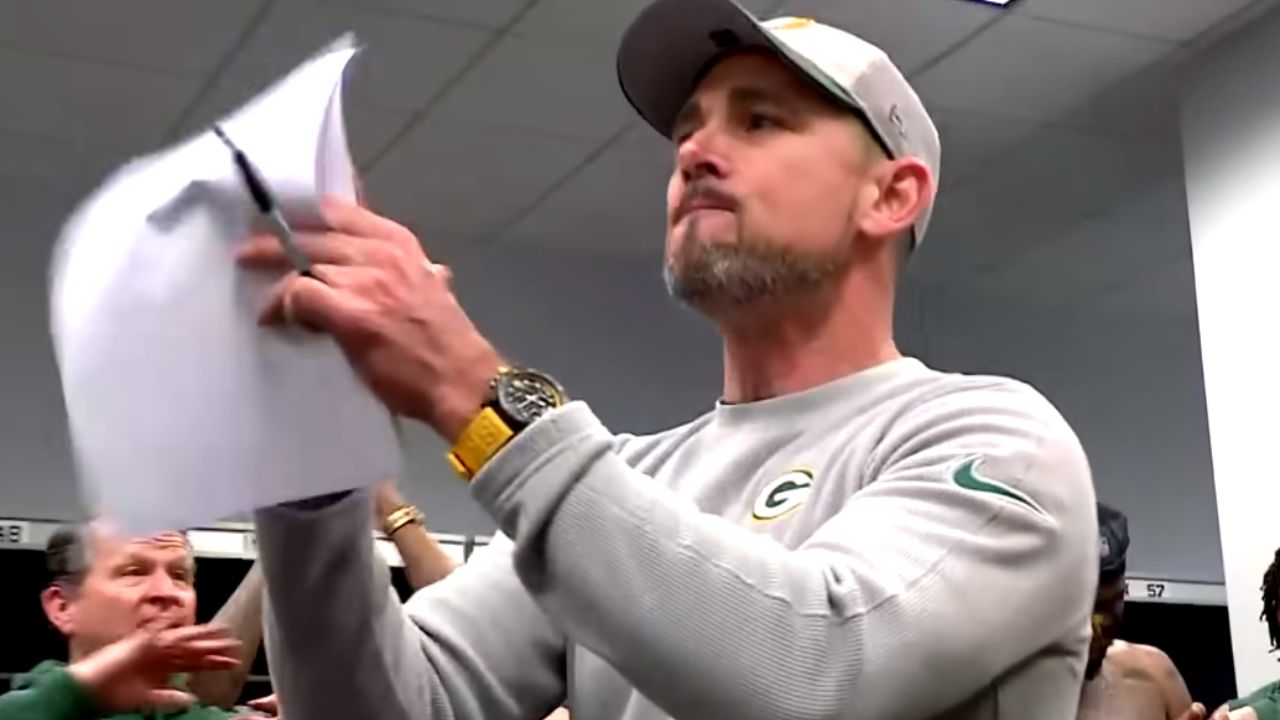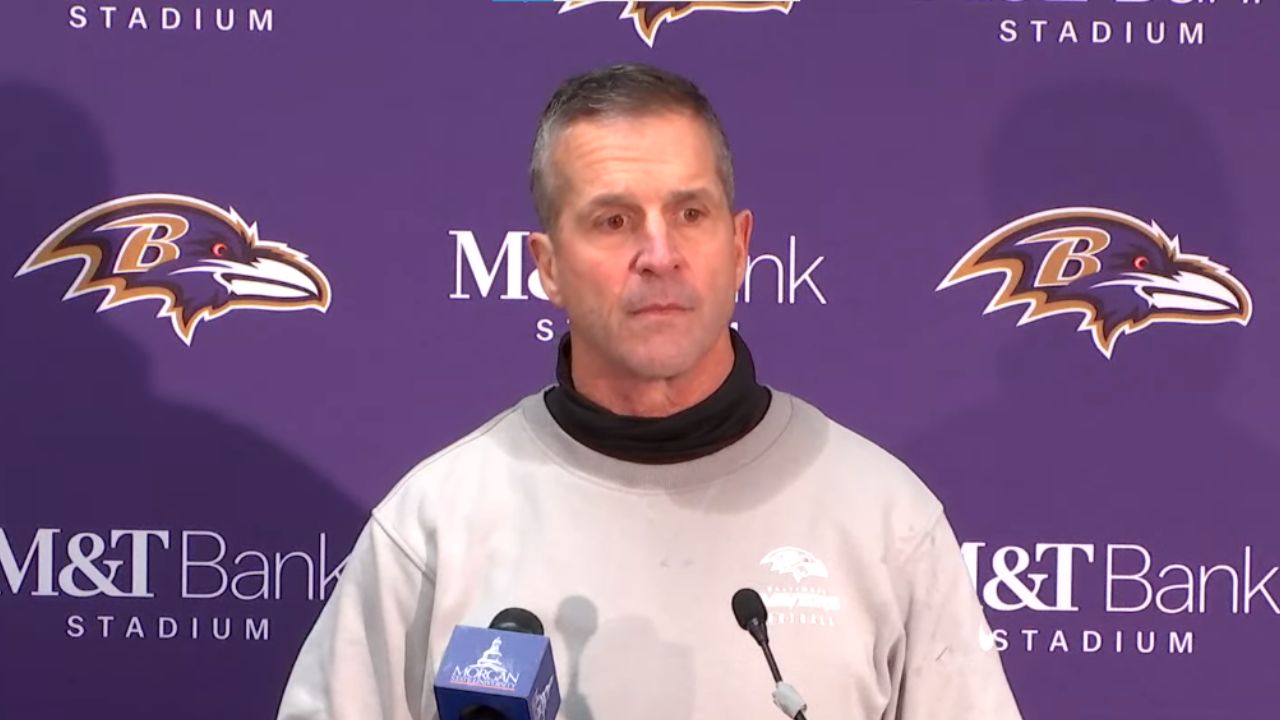Green Bay Packers quarterback Jordan Love exhibited an extraordinary performance, boasting one of the highest quarterback ratings in NFL playoff history during the dismantling of the No. 2 seed Dallas Cowboys at Jerry World. This remarkable feat was underpinned by two pivotal schematic concepts, complemented by the unwavering prowess of the Packers’ offensive line.
Acknowledging the significance of the offensive line, it’s imperative to recognize their role as the unsung heroes in the realm of football. While the quarterback assumes the spotlight as the linchpin, success invariably commences at the forefront of the trenches. The trench warriors delivered admirably, affording Love the opportunity to excel with a flawless passer rating against 10 Cowboys blitzes and facing pressure on a mere seven of his 21 dropbacks. This achievement is notable, especially considering the Cowboys’ league-leading pressure-generation rate during the regular season. Green Bay’s offensive line, by preventing any sacks on Love, deserves commendation for their pivotal role in this resounding victory.
Now delving into the strategic brilliance of head coach Matt LaFleur, the mastermind orchestrating Love’s stellar performance. The initial focus was on an assertive assault on the middle of the field, predominantly targeting Romeo Doubs with a deep dig against the Cowboys’ two-deep safety zone shell.
In a second-and-13 situation, LaFleur exploited Dallas’s soft Cover 4 look. By deploying sizable wideout Christian Watson down the middle, effectively drawing attention between the deep safeties, and orchestrating Doubs’ deceptive route, Love identified a wide-open receiver, setting the tone for the Packers’ passing game.
LaFleur’s guiding principle for the game was evidently, “If it ain’t broke, don’t fix it.” In the first quarter, he revisited a comparable concept to Doubs on a third-and-7, resulting in yet another successful play. This time, Jayden Reed’s deep over route created space for Doubs in the middle of the field, leading to a substantial gain.
The touchdown to rookie Dontayvion Wicks showcased the Packers once again exploiting the deep middle. Reed’s motion and subsequent post route effectively drew safety attention, leaving Wicks one-on-one with a cornerback. Love’s precision in the throw, coupled with the absence of over-the-top safety coverage, culminated in a touchdown.
LaFleur demonstrated versatility in offensive strategy by incorporating long-developing, in-breaking routes. The deep over route, a quintessential man-beater, featured Doubs running two “fake” deep overs, injecting a unique twist into the traditional concept. These plays exploited the vulnerabilities in the Cowboys’ defense, with downfield clearing routes effectively creating space for Doubs to shine.
In a low-volume, high-efficiency passing game, the Packers showcased a repertoire of limited yet highly effective concepts. LaFleur’s confidence in the offensive line allowed for an early emphasis on vertical routes, with Doubs’ route-running prowess contributing to significant gains. The simplicity and ingenuity of the plan were palpable, as Love only needed to complete two passes in the third quarter and one in the fourth quarter for a historic road victory in Dallas.
]Love’s stellar performance was a product of collaborative efforts. The offensive line’s impeccable protection, coupled with LaFleur’s astute play-calling, created an optimal environment for the young quarterback to shine. The Packers’ passing game executed a meticulously crafted plan that played to their strengths and systematically dismantled the formidable Cowboys defense. The seamless integration of strategic brilliance and flawless execution propelled the Packers to a memorable victory on the road, showcasing the potential of a promising quarterback under the guidance of a seasoned head coach.






